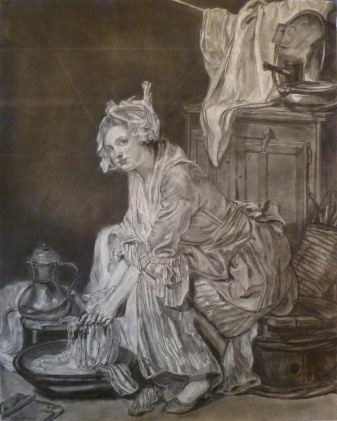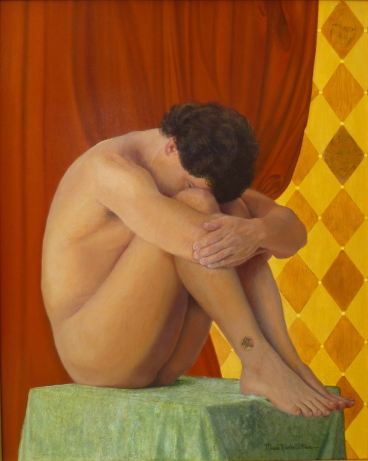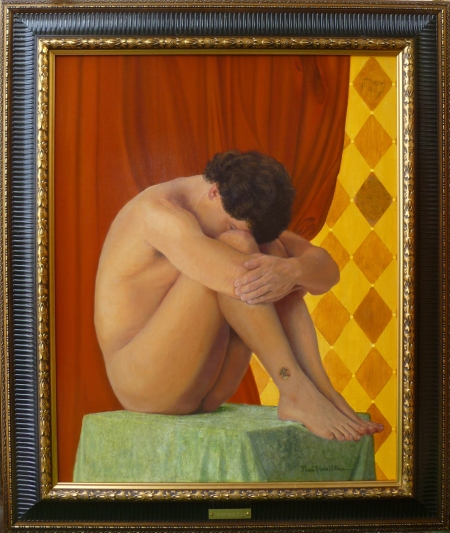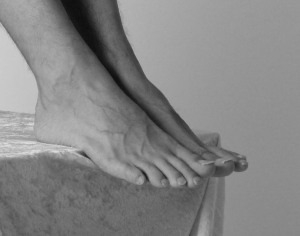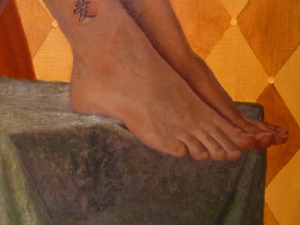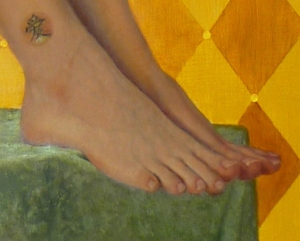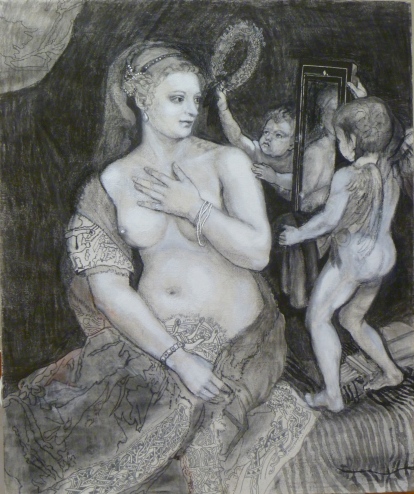Hello, Artists,
We are planning a workshop the week of November 14, 2016, which is our only opportunity window for quite a few months. Can you make it? We will also have a Free Prep Day on November 7, a week before the workshop, in order to help you get a wonderful start. The cost for the 5 days is $489.
Art of the Masters Workshop
When: Nov. 14-18, 2016
Where: Gilbert, Arizona
Time: daily, 9:00 – 5:00
If you feel undecided, maybe now is the time to get off that fence and embrace your true art self. We promise that you will get more step-by-step art instruction in one week with us, than you will get anywhere else, even in workshops that cost more than twice what we charge. We also give you helpful handouts (most art classes don’t) because we want you to be able to remember and continue working on what we’ve taught you. To us, the most important thing is continuing the legacy of the Old Masters, and we are passionate about passing on their wisdom and techniques to others. We would love to have you with us!
And like Maestro Frank Covino always did, we offer $100 off the cost of your tuition for each of your friends that sign up for the class.
Below is a sample of first-time student drawing (24″ x 30″), in preparation for painting. Amazing, huh!
Here are things needed for the Free Prep Day:
Materials for board preparation, graphing, and drawing:
Ampersand Gessobord brand surface
metal yardstick and ruler
ultra-fine Sharpies, various colors (black, blue, and red are probably enough)
General’s charcoal pencils, soft
kneaded eraser
High quality photo of Old Master painting to work from, printed on 8 1/2”x11” glossy photo paper, one grayscale, one color–Art Renewal Center is an excellent online museum source– https://artrenewal.org/pages/search.php
blending stumps (tortillions)
Exacto knife
spray workable fixative
clear tape
acetate
Other helpful items:
transparent 18” triangle
India ink and sable liner brush
artist’s white tape, removable
Please respond below, and we’ll get right back to you!
Marsha and Karen
Art of the Masters
